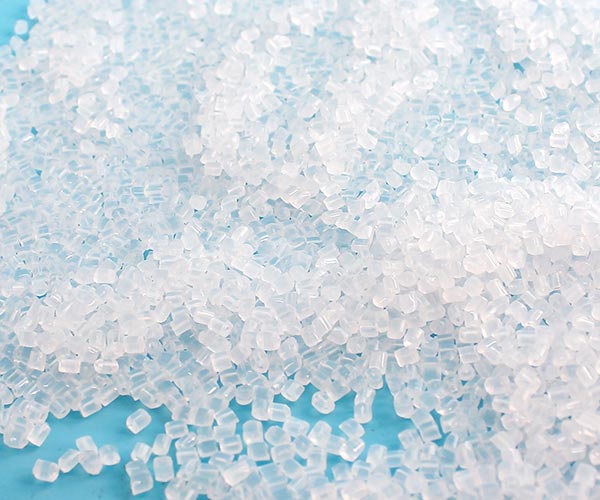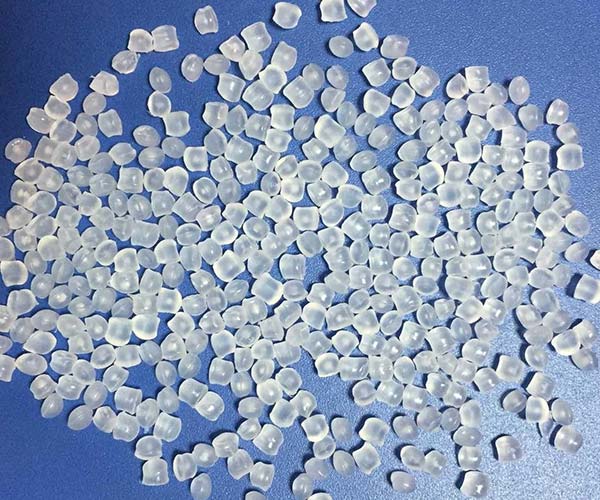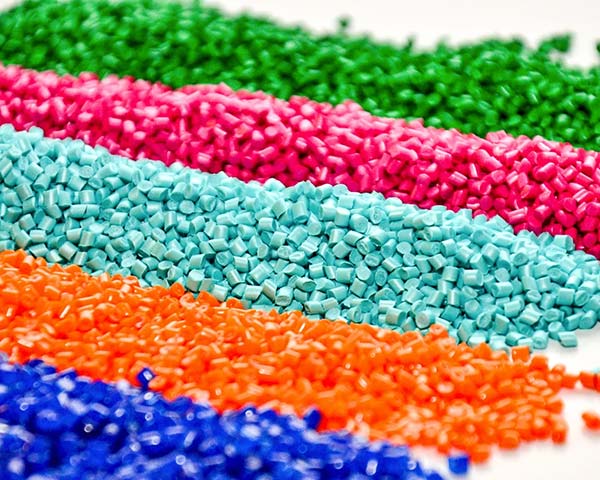Chemical Resistance
Because many chemicals do not react with PP, it is appropriate for plastic pallets and containers that handle such chemicals.
Polypropylene (PP) is a thermoplastic “addition polymer” derived from a propylene monomer blend. It is used in a wide range of applications, including consumer product packaging, plastic parts for various industries, including the automotive industry, special devices such as living hinges, and textiles.
Polypropylene is a polymer composed of linear hydrocarbons. It is semi-rigid and saturated, and it is also referred to as a polyolefin. PP, one of the most versatile polymeric materials, is available as both a fiber and a plastic.
Polypropylene, which appears white and translucent, is an all-purpose thermoplastic that is both durable and lightweight. It is light in weight, has a slick surface, and a low coefficient of friction. It is also extremely heat, electricity, fatigue, chemical, and organic solvent resistant. Stress-cracking is not an issue for PP because it is also corrosion resistant.

| Density | 1.04 – 1.06 g/cm3 |
| Elastic modulus | 1.5 – 3 GPa |
| Impact strength, Charpy notched | 2 – 6 kJ/m2 at 20 °C |
| Coefficient of thermal expansion | 6*10-5 – 1*10-4 1/K at 20 °C |
| Max, service temperature, short | 140°C |
| Melting point | 160 – 168 °C |
| Specific heat capacity | 1520 J/(kg.K) at 20 °C |
| Thermal conductivity | 0.41 W/(m.K) at 20 °C |
| Flammability | UL 94 HB |
| Dielectric constant | 2.8 at 20 °C |
| Electrical resistivity | 1*1013 – 1*1014 Ω.m at 20 °C |

The two most common types of polypropylene on the market are homopolymers and copolymers.
Polypropylene The most common general-purpose grade is homopolymers. It only contains a semi-crystalline solid propylene monomer. Packaging, textiles, healthcare, pipes, automotive, and electrical applications are among the most common.
Polypropylene The copolymer family is further subdivided into random copolymers and block copolymers, which are created by polymerizing propene and ethane:
1. Polyester Random Copolymer is created by polymerizing ethene and propene together. Ethene units, usually up to 6% by mass, are randomly incorporated into the polypropylene chains. These polymers are flexible and optically clear, making them ideal for applications requiring transparency and products with a high visual appeal.
2. Ethene content is higher in Polypropylene Block Copolymer (between 5 and 15 percent ). It is made up of co-monomer units that are arranged in a regular pattern (or blocks). As a result, the regular pattern makes thermoplastic tougher and less brittle than random co-polymer. These polymers are appropriate for high-strength applications, such as industrial applications.

Because many chemicals do not react with PP, it is appropriate for plastic pallets and containers that handle such chemicals.

PP plastic does not deteriorate or mold due to biological variables like fungi and bacteria.

This material is highly impermeable, which is essential for total immersion applications such as industrial and medical applications.

Polypropylene retains its shape after torsion or bending, making it an excellent material for living hinges. This is why shampoo bottles have plastic lids.

Because PP plastic is highly electrically resistant, it is the material of choice in electronic components.

Because of its high melting point, this material is ideal for kitchen utensils and food appliances.

Polypropylene is a low-cost material that is easily accessible to a wide range of users.
Polypropylene is used in both residential and industrial settings. Its distinct properties and adaptability to various fabrication techniques distinguish it as an invaluable material for a wide range of applications. Another valuable property is polypropylene’s ability to function as both a plastic and a fiber (like those promotional tote bags that are given away at events, races, etc).
Polypropylene’s unique ability to be manufactured in a variety of ways and for a variety of applications meant that it quickly began to challenge many of the old alternative materials, particularly in the packaging, fiber, and injection molding industries. Its expansion has been sustained over the years, and it is now a major player in the global plastics industry. CNCJY has used polypropylene in a variety of applications across multiple industries. The ability to CNC machine polypropylene to include a living hinge for prototype living hinge development is perhaps the most intriguing example.

Copyright 2024 CNCJY Project By KALI, All Rights Reserved.